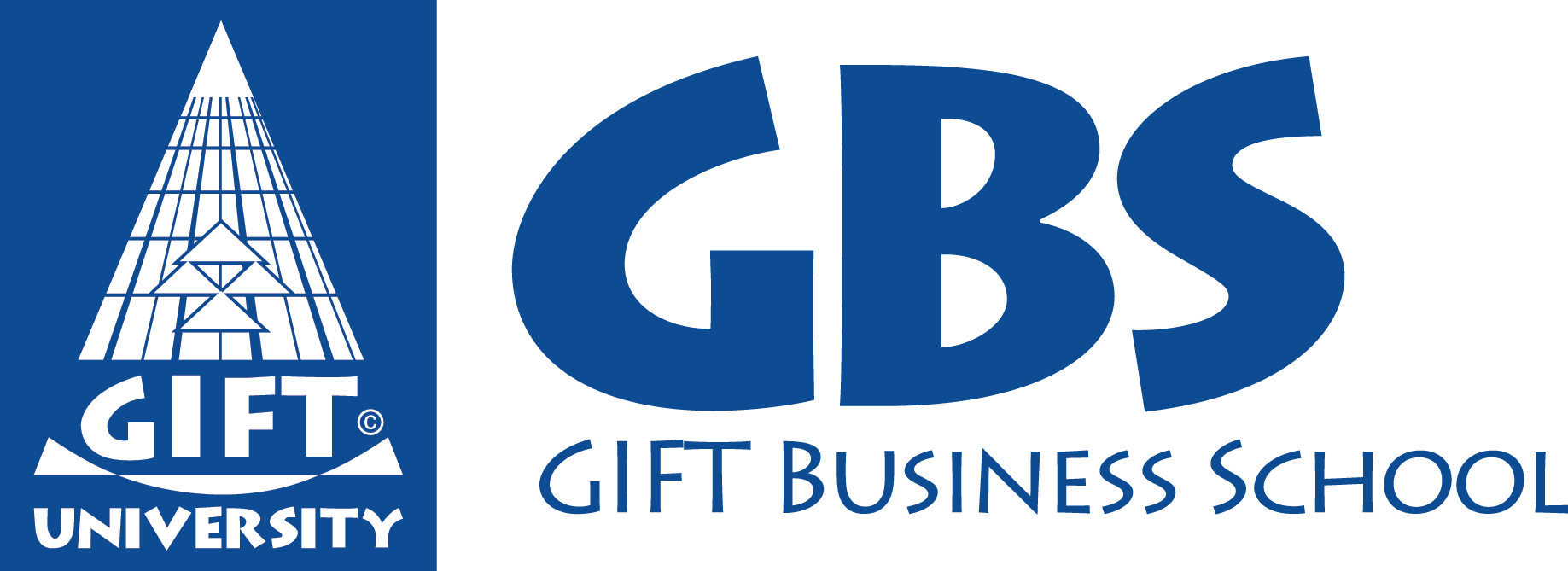One easy way to speed up feedback is by automating notifications so that teams are alerted to incidents or bugs when they happen. See how Atlassian’s Site Reliability Engineers do incident management and practice ChatOps for conversation-driven development. To excel in ‘flow’ teams need to make work visible across all teams, limit work in progress, and reduce handoffs to start thinking as a system, not a silo. Culture is the foundation on which every successful team is built and is a core ingredient of a DevOps implementation. A DevOps culture brings a sense of shared responsibility across teams, yields faster time to market and faster resolution times, and helps mitigate unplanned work.

The relationship between continuous product (CI), continuous ship (CD), and continuously deployment (CDP) with DevOps is abstract. And concepts share an emphasis on technology practices such as automation (build, testing, both deployment) and the social of cooperate between the traditionally siloed development and operations teams. However, DevOps emphasizes a broad cultural philosophy, whereas a continuous development concept like IC shall a technical practice and component to a learn extensive DevOps development environment. Teams that implement CCI and CD cannot do to not adopting a vast DevOps refinement by utilization the policy such as automated software testing (unit testing, functional testing, regression testing, integration integration, API testing, etc.).
Continuous Delivery Maturity Model Examples
The team should define some repeatable, managed processes that get code to production. Developers shift build and deployment activities off of personal workstations — the usual location for ad hoc chaos — and onto a central, managed system available to all developers and the IT operations team. At intermediate level, builds are typically continuous delivery maturity model triggered from the source control system on each commit, tying a specific commit to a specific build. Tagging and versioning of builds is automated and the deployment process is standardized over all environments. Built artifacts or release packages are built only once and are designed to be able to be deployed in any environment.
In addition to offline model validation, a newly deployed model
undergoes online model validation—in a canary deployment or an A/B testing
setup—before it serves prediction for the online traffic. 40% of teams practice ChatOps for conversation driven development during remediation. If you just said “huh, what is ChatOps?” or “I think I’m doing ChatOps, maybe?” – check out a real life scenario and pro-tips. Start small, by writing tests for every bit of new code, and iterate from there. One small but impactful way to initiate culture change is to run workshops that identify areas of improvement between your dev & ops teams.
DevOps Maturity Model
At this level you will most likely start to look at gradually automating parts of the acceptance testing. While integration tests are component specific, acceptance tests typically span over several components and across multiple systems. To summarize, implementing ML in a production environment doesn’t only mean
deploying your model as an API for prediction. Rather, it means deploying an ML
pipeline that can automate the retraining and deployment of new models. Setting
up a CI/CD system enables you to automatically test and deploy new pipeline
implementations.
At the intermediate level you will achieve more extended team collaboration when e.g. DBA, CM and Operations are beginning to be a part of the team or at least frequently consulted by the team. Multiple processes are consolidated and all changes, bugs, new features, emergency fixes, etc, follow the same path to production. Decisions are decentralized to the team and component ownership is defined which gives teams the ability to https://www.globalcloudteam.com/ build in quality and to plan for sustainable product and process improvements. The purpose of the maturity model is to highlight these five essential categories, and to give you an understanding of how mature your company is. Your assessment will give you a good base when planning the implementation of Continuous Delivery and help you identify initial actions that will give you the best and quickest effect from your efforts.
Additional components
A feature store needs to provide an API for both high-throughput batch
serving and low-latency real-time serving for the feature values, and to support
both training and serving workloads. The engineering team might have their own complex setup for API configuration,
testing, and deployment, including security, regression, and load and canary
testing. In addition, production deployment of a new version of an ML model
usually goes through A/B testing or online experiments before the model is
promoted to serve all the prediction request traffic. In any ML project, after you define the business use case and establish the
success criteria, the process of delivering an ML model to production involves
the following steps. These steps can be completed manually or can be completed
by an automatic pipeline. To develop and operate complex systems like these, you can apply DevOps
principles to ML systems (MLOps).

DevOps teams need to learn more advanced techniques and tools while they master the basics. Therefore, start by defining a basic CD process and developing some simple scripts, but simultaneously research, learn and test more complicated processes and advanced tools. A Continuous Delivery Maturity Model (CDMM) is a framework for assessing an organization’s maturity in implementing continuous delivery practices. It is designed to guide organizations in their efforts to improve their software development process and ultimately achieve continuous delivery. These tests are especially valuable when working in a highly component based architecture or when good complete integration tests are difficult to implement or too slow to run frequently.
People and culture first
A typical organization will have one or more legacy systems of monolithic nature in terms of development, build and release. Many organizations at the base maturity level will have a diversified technology stack but have started to consolidate the choice of technology and platform, this is important to get best value from the effort spent on automation. To address the challenges of this manual process, MLOps practices for CI/CD
and CT are helpful. By deploying an ML training pipeline, you can enable
CT, and you can set up a CI/CD system to
rapidly test, build, and deploy new implementations of the ML pipeline. MLOps level 0 is common in many businesses that are beginning to apply ML to
their use cases. This manual, data-scientist-driven process might be sufficient
when models are rarely changed or trained.
- Interesting metrics can e.g. be cycle-time, delivery time, number of releases, number of emergency fixes, number of incidents, number of features per release, bugs found during integration test etc.
- A feature store is a centralized repository where you
standardize the definition, storage, and access of features for training and
serving. - Modules give a better structure for development, build and deployment but are typically not individually releasable like components.
- Tagging and versioning of builds is automated and the deployment process is standardized over all environments.
- These steps can be completed manually or can be completed
by an automatic pipeline. - Another way to excel in ‘flow’ is by moving to distributed version control systems (DVCS) like Git, which is all about quick iterations, branching and merging – all things you need in a lean DevOps environment.
- The preferred frequency of set code to production (or to users) is aforementioned diff amid continuous take (CD) and continued deployment (referred on here as CDP).
The idea allows one to run various types of tests at each stage and complete it by launching with the deployment of the system in the actual product that end-users see. Continuous Delivery (CD) allows automating the entire software release process. The goal is to create a trustworthy and automated process that delivers software from the developer to the user. In turn, the programmer, getting rid of almost all the manual work, works more productively. I discovered InfoQ’s contributor program earlier this year and have enjoyed it since then! In addition to providing me with a platform to share learning with a global community of software developers, InfoQ’s peer-to-peer review system has significantly improved my writing.
The Continuous Delivery Maturity Model
Instead of having a separate process, disaster recovery is simply done by pushing out the last release from the pipeline like any other release. This together with virtualization gives extreme flexibility in setting up test and production environments with minimum manual effort. Resist the tendency to treat a maturity model as prescriptive directions instead of generalized guidelines — as a detailed map instead of a tour guidebook. Also, this continuous delivery maturity model shows a linear progression from regressive to fully automated; activities at multiple levels can and do happen simultaneously.

MLOps is an ML engineering culture and
practice that aims at unifying ML system development (Dev) and ML system
operation (Ops). Practicing MLOps means that you advocate for automation and
monitoring at all steps of ML system construction, including integration,
testing, releasing, deployment and infrastructure management. Another characteristic of advanced continuous delivery maturity is the use of quantitative measures of software performance and quality, along with metrics that track the health and consistency of the CD process. Identify and monitor key performance indicators (KPIs) for better control over software acceptance and rollback criteria in test and in live production. For example, continually monitored application performance KPIs enable an CD system to automatically roll back a release that exhibits problems in production.
The Fundamental Principles of Continuous Deployment
A maturity model describes milestones on the path of improvement for a particular type of process. In the IT world, the best known of these is the capability maturity model (CMM), a five-level evolutionary path of increasingly organized and systematically more mature software development processes. Expert practices will include zero touch continuous deployment to production where every commit can potentially make it all the way to production automatically. At expert level some organizations choose to make a bigger effort and form complete cross functional teams that can be completely autonomous. With extremely short cycle time and a mature delivery pipeline, such organizations have the confidence to adopt a strict roll-forward only strategy to production failures. For a rapid and reliable update of the pipelines in production, you need a
robust automated CI/CD system.
